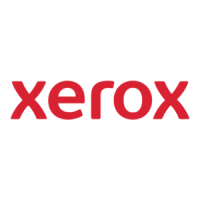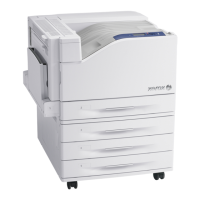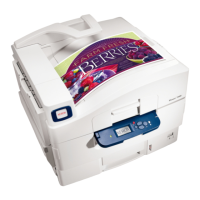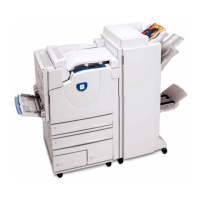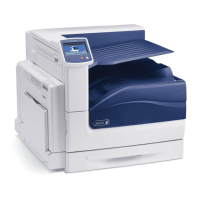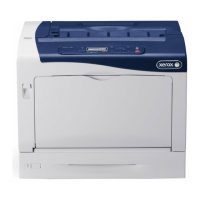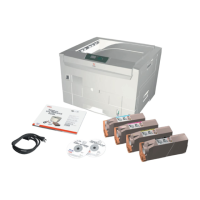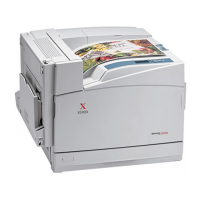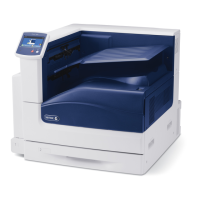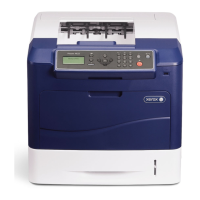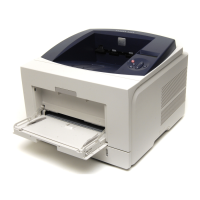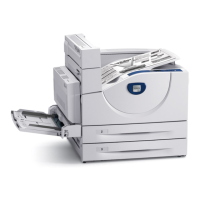Network Basics
Phaser 7500 Color Printer
User Guide
29
Configuring the Network Address
This section includes:
• TCP/IP and IP Addresses on page 29
• Automatically Setting the Printer’s IP Address on page 30
• Dynamic Methods of Setting the Printer’s IP Address on page 30
• Manually Setting the Printer’s IP Address on page 31
TCP/IP and IP Addresses
If your computer is on a large network, contact your network administrator for the appropriate TCP/IP
addresses and additional configuration information.
If you are creating your own small Local Area Network or connecting the printer directly to your
computer using Ethernet, follow the procedure for automatically setting the printer’s Internet Protocol
(IP) address.
PCs and printers primarily use TCP/IP protocols to communicate over an Ethernet network. With TCP/IP
protocols, each printer and computer must have a unique IP address. It is important that the addresses
are similar, but not the same; only the last digit needs to be different. For example, your printer can
have the address 192.168.1.2 while your computer has the address 192.168.1.3. Another device can
have the address 192.168.1.4.
Generally, Macintosh computers use either TCP/IP or the EtherTalk protocol to talk to a networked
printer. For Mac OS X systems, TCP/IP is preferred. Unlike TCP/IP, however, EtherTalk does not require
printers or computers to have IP addresses.
Many networks have a Dynamic Host Configuration Protocol (DHCP) server. A DHCP server
automatically programs an IP address into every PC and printer on the network that is configured to
use DHCP. A DHCP server is built into most cable and DSL routers. If you use a cable or DSL router, see
your router’s documentation for information on IP addressing.
See also:
Online Support Assistant at www.xerox.com/office/7500support
IPv6 on page 47
